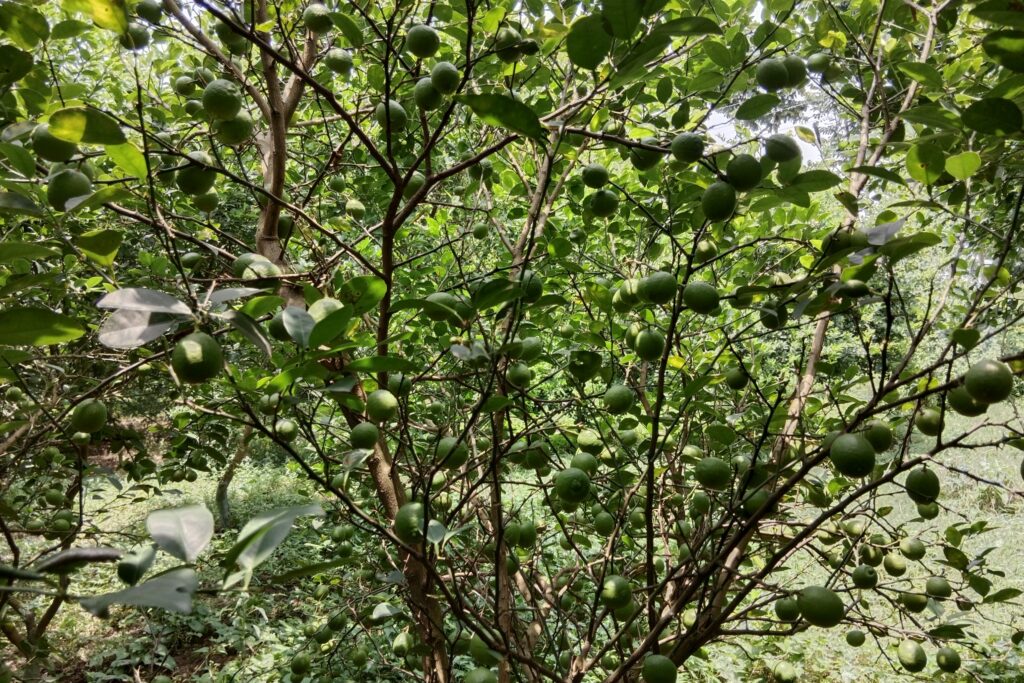Hydrangeas are valued for their magnificent blossoms, which come in various hues from pink to white to blue. Coffee grounds are a well-known home treatment for hydrangeas, and they are a popular choice among gardeners looking to maximize their blooming potential. The coffee grounds help hydrangeas bloom, especially the bright blue blossoms. This organic element is beneficial because it can naturally raise or lower the pH of the soil.

Organic materials like coffee grounds are beneficial for the longevity of plants and soil health. When using organic materials, gardeners need not worry as much about over-application, which can harm plants by burning their root systems. Coffee grounds, being organic, decompose gradually, enriching the soil with essential nutrients without posing such risks. This makes them a safer and more sustainable option for maintaining plant health.
The soil becomes more acidic, and its pH is lowered when coffee grinds are added. The soil must be acidic for hydrangeas to extract aluminum from the soil and produce those beautiful blue blossoms. As a result, adding coffee grinds to your garden can improve the growth circumstances of your hydrangeas, giving them more color and life. Still, to keep your plants healthy and alive, use coffee grinds sparingly and check the pH of the soil frequently.
For use, begin adding coffee grounds to the soil around your hydrangeas in late autumn. To prevent offensive smells, scatter the coffee grinds around the base of the plants and incorporate them into the soil. Only two or three times a year should this procedure be carried out. Although coffee grounds cannot alter the hue of flowers, they can cause pink blooms to become blue or purple in hue, contingent upon the pH level of the surrounding soil.
To get the nicest blue flowers, your soil should have a pH of about 5.5. Consider repurposing the coffee grounds for your garden the next time you have a cup of coffee; your hydrangeas may thank you with an additional splash of color.
Understanding Soil pH and Hydrangea Color
Hydrangeas have pH-sensitive flowers that respond to the acidity of the soil. When the soil pH is 5.5 or below, it favors the production of blue blooms. This is because lower pH levels allow the plant to absorb more aluminum, which is crucial for producing blue flowers. If your soil reacts to coffee grounds by becoming more acidic, these grounds can help create beautiful blue hydrangea blooms.
However, achieving the desired flower color involves a few conditions. First, it’s essential to identify the type and variety of your hydrangea, as not all hydrangeas can change color. Some varieties will remain the same color regardless of soil amendments. Once you know your hydrangea type, you can focus on altering the soil composition and pH levels to encourage the desired bloom color.
You can probably change the color of the blooms your hydrangeas produce if they bloom pink, purple, or blue by adjusting the pH of the soil. On the other hand, no matter how the soil changes, white hydrangea flowers will stay white. While neutral soil can yield purple flowers or a mix of blue and pink blooms, more alkaline soil will generate pink or red blooms. It’s crucial to remember that brewed coffee grounds by themselves won’t make a big difference because the brewing process removes a lot of their acidity.
Results from adding coffee grinds to your hydrangea soil can take time to show. It takes time, particularly if your hydrangeas are young and might not bloom for a few years. The best time to begin adding coffee grounds is in the late fall, a few months before the blooming season. This can be done as part of the best fertilizer application schedule. By spring, your hydrangeas should repay you with beautiful blue blossoms if you give them constant attention and patience. Get ready to reveal your secret to inquisitive neighbors who will appreciate your vivid flowers.
The impact of soil pH on hydrangea bloom color is summarized below.
• Blue Blooms: In acidic soil (pH less than 6), hydrangeas bear blue flowers.
• Pink Blooms: In alkaline soil (pH above 7), hydrangeas bloom pink.
• White Blooms: The pH of the soil does not affect the color of certain hydrangeas, which naturally bloom white.
How Coffee Grounds Affect Soil
Coffee grinds have a pH of about 6.2, which is mildly acidic. They can be added to soil to help drop pH levels and increase acidity, which is good for hydrangeas if you want blue blooms. Coffee grinds enhance soil health by improving drainage, water retention, and aeration in addition to acidifying the soil.
Furthermore, coffee grounds draw earthworms, which are essential for plant health, and encourage the growth of helpful microbes. They improve the texture and structure of the soil by adding organic matter, and they supply key nutrients like magnesium, potassium, and nitrogen that are necessary for plant growth.
How to Use Coffee Grounds for Hydrangeas
Create a natural fertilizer using coffee grounds to give your seedlings a boost. The nitrogen found in coffee is highly beneficial for young plants. To make a “tea” from the grounds, mix a quarter cup of coffee grounds with four or five gallons of water. Allow the mixture to steep overnight, then pour it over your plants in the morning for an extra nutritional enhancement.
For hydrangeas, start adding fresh coffee grounds to the soil in the fall. Sprinkle them around your plants and work them into the dirt to avoid any unpleasant smell. Reapply the grounds two or three times a year, just like you would with regular fertilizer. Since bigleaf hydrangea (Hydrangea macrophylla) flower buds form on old wood, it might take an entire growing season before you see results from this method.
Benefits of Using Coffee Grounds
In gardens, coffee grounds serve as an effective pest deterrent, keeping away anything from slugs to deer, rabbits, and different insects. It’s important to keep in mind that adding coffee grounds might also eliminate earthworms and beneficial bacteria from your soil.
Coffee grinds have a few advantages over other materials, especially when it comes to hydrangeas.
- Enhanced Bloom Color
Coffee grinds enhance the acidity of the soil, highlighting the blue color of hydrangea blooms.
- Soil Improvement
By adding essential nutrients and improving the soil’s structure, they promote the growth of healthy plants.
- Eco-Friendly
Reusing coffee grinds can reduce garbage in your garden and benefit the soil.
Precautions and Considerations
When applied properly, coffee grounds can be helpful for your garden; but, over-application might make the soil more acidic and damage your hydrangeas. Use coffee grounds sparingly, monitor and correct your soil’s pH frequently to ensure it stays in the proper range, and balance the nitrogen-rich grounds with other fertilizers that supply phosphorus and potassium for general plant health to prevent this.



Pingback: The Art of Rose Pruning: A Comprehensive 7-Step Guide. -
Your method of describing everything in this post is really good, all
be able to without difficulty understand it, Thanks a
lot https://gestioncoulombe.com/gestion-locative/